Every living thing eventually dies, including churches. Just as people who do not plan for death may complicate things for their families, churches that do not plan for eventual closure can leave a mess for congregants and their surrounding communities.
A ‘stolen’ legacy
The story of the Pineridge Christian Fellowship is complicated and still somewhat painful for some past members. It was founded in 1978 as an outreach of the First and Foothills Mennonite congregations in Calgary, and many people put effort into establishing the church. In 2000, due to theological differences with the then Conference of Mennonites in Alberta, it withdrew from the denomination.
Internal conflicts, and the resignation and sudden death of Pastor Ken Karlensig in 2003, left a hole in leadership, and many people left. A church member took over. With the Fellowship dissolving, he began renting out the facility. A few years ago, some original members of the church, wondering about the legality of the arrangements, began investigating the possibility that the building could be turned over to another Mennonite group. When the group was unwilling to take the matter to court, it was dropped. Currently, two different church groups are renting the building.
When asked why this story still matters, Marvin Baergen, a charter member of the church who left in 2000, says, “It feels like a legacy has been stolen.”
Arnold Neufeld, who left Pineridge in 2005, says he is “grateful that there are two congregations still using the facility; that it was not sold and used as a bar.”
The Pineridge story may serve as a helpful prod to encourage others to plan ahead for the possibility of sudden changes or the closures of their congregations.
Steps for dying well
In a 2012 “Guide to closing a church,” the Canadian Baptists of Ontario and Quebec acknowledge that churches have a finite lifespan. “While we know that the church of Jesus Christ will last, it does not mean that every congregation will last. Scripture records some remarkable local churches that history tells us no longer exist. The church of Jesus Christ is not an organization, it is a living organism: the body of Christ. Organisms do not live forever; they are born, mature, and [most often] procreate and eventually die.”
Within Mennonite denominations, the closure of churches is also a reality that requires acknowledgement and careful planning, so that their legacy may be a blessing. In the 2002 book, Ending With Hope, William Chris Hobgood writes that the question dying congregations should ask themselves is: “Because dying may be a normal part of our life, how should we go about doing it most faithfully?”
It’s hard to talk about death. The topic is so difficult that many individuals refuse or delay too long in planning for the inevitable, leaving families to wonder about their desires and to argue over their belongings. Acknowledging that death is part of life, however, and planning for it while bodies, minds and spirits are healthy, is a gift to family, friends and the community when a crisis hits.
The same applies to the church. Planning can prevent or mitigate precipitous and fraught emotions, power plays and conflicting interests that are often present at the time of a closing. A church that “dies well” has an opportunity to be a hopeful witness to God’s ongoing work and a blessing to its people and community.
In her examination of what makes a church closure healthy, L. Gail Irwin, the author of Toward the Better Country: Church Closure and Resurrection, cites the example of Mount Tabor Methodist, a church that zig-zagged through four years of discussion before closing. The congregation, while admittedly making some mistakes, kept good relationships with its larger denomination and was able to manage the stewardship of assets to preserve them for uses consistent with its historical mission and needs within its community.
A variety of issues bear consideration in church “end-of-life” planning, including understanding land and building ownership; working with church records; community relationships; and legacy planning, which includes an acknowledgement of what is lost as well as what is given to the ongoing ministry of the wider church:
1. The question of land and building ownership is important and may not be well understood by many in the pews.
While Mennonite congregations tend to own their property and make decisions about it, they are subject to laws and regulations meant to guard the original intent of the organization. Churches are granted charitable status and receive tax benefits. When church land and buildings are sold, the proceeds do not belong to members of the congregation but are required to go back into a ministry or program similar in intent to their original purposes.
Churches can help decide what this might be. In Alberta, Faith Mennonite Church and Vauxhall Mennonite Church closed their doors in 1996 and 2000, respectively. Both congregations gave some funds to Camp Valaqua, a ministry of Mennonite Church Alberta. The contributions enabled the construction of the Faith Retreat Centre and the Vauxhall Cabin, increasing the usability and accessibility of the camp for all.
A real estate lawyer in Calgary says it is a good idea for churches to know the history of their property, and to consider how they would wrap up their ministry if the need should ever arise. “A number of properties have caveats registered against their land title,” he said. “If they ever cease to be a church, the property could. . . go back to the city for a dollar.”
It is helpful for a church to include a dissolution section in its constitution, stating its intention for the property in the event of a closure. While this does not prevent subsequent revision as a congregation changes, it does provide a clear intention that may be regularly discussed and reviewed so members are more likely to share a common vision.
2. The preservation of a congregation’s history and records is an often-overlooked part of long-term planning for congregational life and the eventual closing of a church. If a church’s records have not regularly been archived offsite, important history may be lost or they may become inaccessible to those who wish to view them.
Ted Regehr, Mennonite Historical Society of Alberta’s archivist, recently received boxes of documents from an individual concerned that changing demographics at the church could result in loss of the history contained in the files. Shortly thereafter, Regehr received a call that the church board had not authorized the transfer, so the documents had to be returned to the church.
In order for churches to avoid a hard situation like this, Regehr suggests that “every five years, get someone to review [the church records] and send copies over to the archives. . . . I know there are churches that have lost important documents. Churches need desperately to keep some of these for their own purposes.” The archive can help ensure safe storage with an offsite second copy of important papers. The protection, he says, “is twofold. It protects the interests of the church itself, legally and historically, and the interests of the archives.”
Annual meetings, stories and photographs of important events, correspondence and some legal documents are all parts of a church’s history and legacy that an archive can help to preserve and make available for research.
Regehr also notes that many church records are now electronic, and archives and churches both need to think about how the preservation of their history will continue into the future.
3. It is important for churches to recognize that they are important to their surrounding communities. Jennifer Lynn Baskerville writes in Ending With Hope: “It has been well documented that religious properties contribute significantly to community life through the space they offer for childcare programs, arts programs and meeting spaces for various recovery and self-help groups.”
While a church needs to pay attention to how it might enable a healthy grieving process for its members if a closure occurs, it is also important for it to attend to the expressions of loss that may be present in its wider community. Planning for healthy closure includes thinking through meaningful ways of celebrating past ministry, saying goodbye, and blessing the present and future ministries that may be enabled through healthy closure planning.
4. Church closings and changes are a natural part of the church’s life. While individuals and churches are healthy, it is a good time to plan ahead to die well, so that a legacy of blessing and continuing ministry remains as the lasting legacy of a church’s life.
Ending With Hope includes a chapter called “A judicatory perspective.” In it, congregations that are considering closing are encouraged to utilize outside, expert help. “ ‘Incapable,’ ‘avoiding’ and even ‘corrupt’ are often some of the words that can describe the congregation that tries to settle its final affairs alone,” Hobgood writes. “[T]he danger is always present that issues of survival, an incomplete understanding of the options and fear of the unknown will weigh so heavily on members that good decisions cannot be made.”
This help, in the form of a specialized pastor, conference leadership or other specialist, can provide energy to a tired church, pastoral care to leaders, and a sense of unity in purpose, while also attending to the legal and practical matters that may not be top of mind for a struggling congregation.
For discussion
1. Are you familiar with, or have you ever been part of, a church that decided to close? How did the congregation arrive at the decision to close? Looking back, was it a good decision? Who looked after the records and the financial details? What would you do differently next time?
2. If your congregation closed its doors, what would you miss most? What emotions would you experience? How would the history of the congregation be preserved?
3. In what situations is it time to publicly discuss the closing of a church? Why might we be apt to wait too long to begin this discussion? What are our biggest fears? Can we see letting go of a church as part of God’s larger plan?
4. As you look at the trajectory of your congregation over the next 20 years, is there a possibility that it might close during that timeframe? What decisions would need to be made in that eventuality? How beneficial would it be to include a dissolution section in your congregation’s constitution?
—By Barb Draper




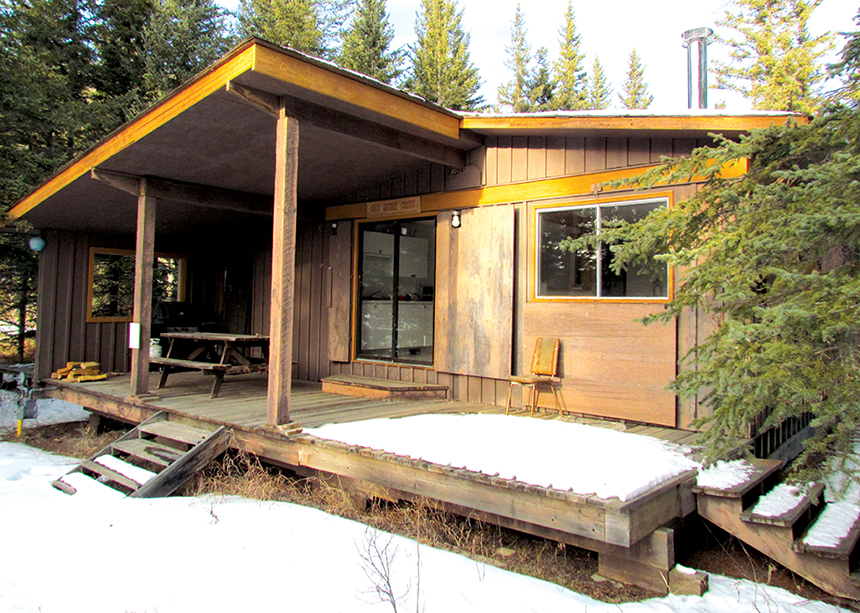
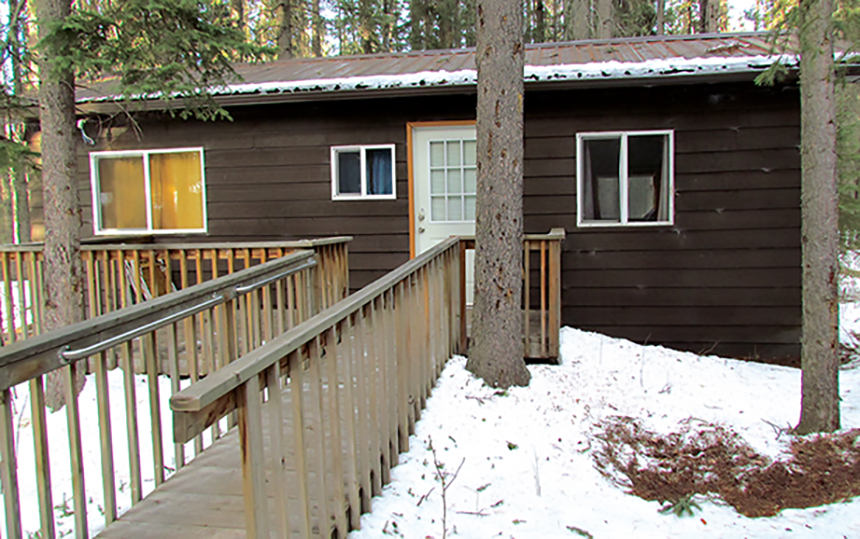
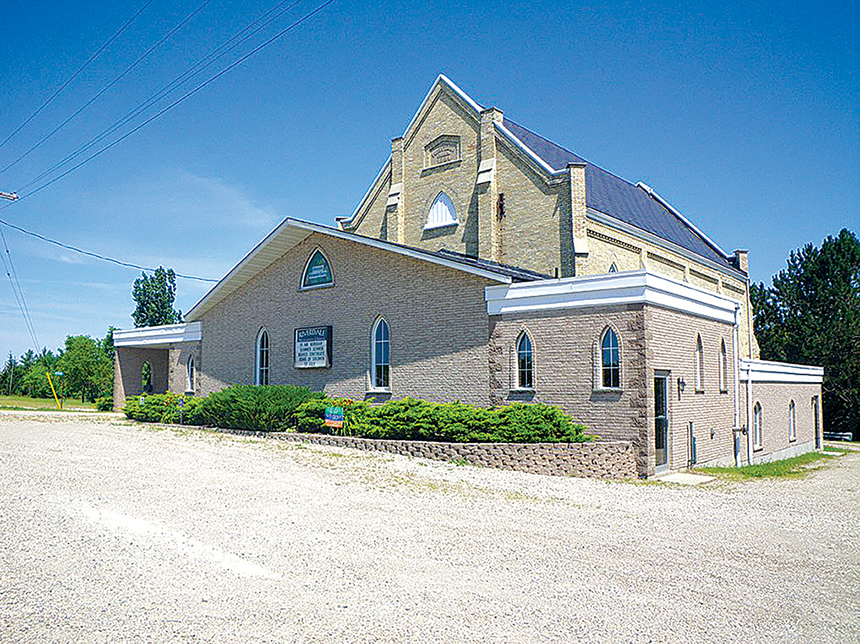
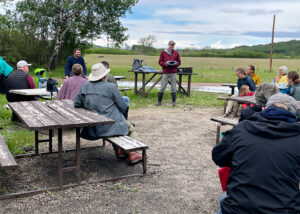
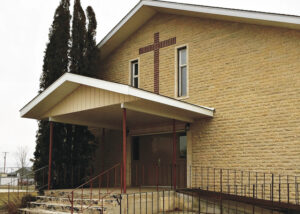
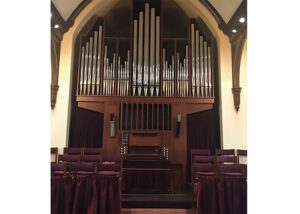

Leave a Reply
You must be logged in to post a comment.